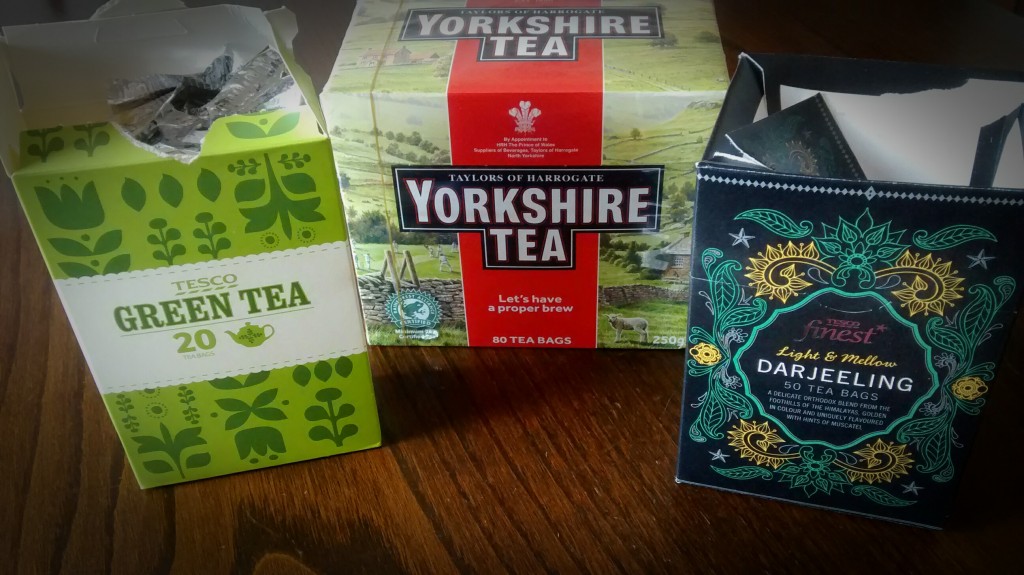Green tea is made by steaming the leaves of the camelia sinensis plant. This produces a decoction that retains much of the original flavonoid content of the plant. As tea leaves are rich in catechins, the composition of green tea reflects this, being composed mainly of catechins (flavan-3-ols). In contrast, black tea is made by the fermentation of tea leaves, and this results in the oxidation of much of the catechin content to tannins such as thearubigins and theaflavins. Oolong tea is partly fermented and so retains some of the catechin content. Darjeeling tea is classed as a black tea because it is fermented, but unusually it retains about 10 % of it polyphenol content as catechins.
Oolong and Darjeeling teas are popular because they retain less of the bitter taste of black tea on account of their higher catechin content. This gives them a lighter taste that is more appealing to some. Because Darjeeling tea is a black tea it is also often consumed with milk. Blending different quantities of green and black teas together to alter the percentage of tannins and catechins in the final decoction makes it possible to create brews with differing tastes for personal preference. Teas with around 50 % catechins and 50 % tannins will resemble oolong tea and can be drunk without the need for milk. Increasing the tannin content to around 90 % creates a tea similar to Darjeeling, a more traditional black tea but which retains some of the health benefits attributed to catechins.
RdB

